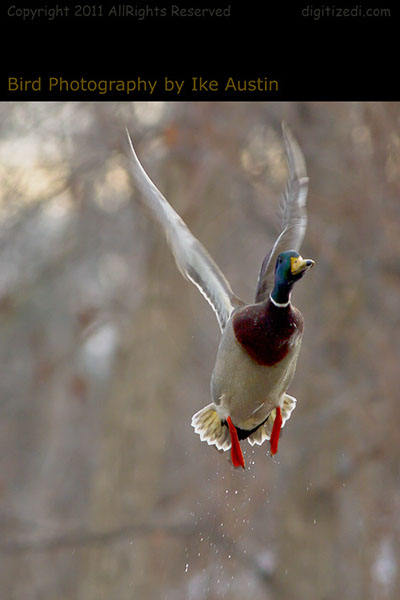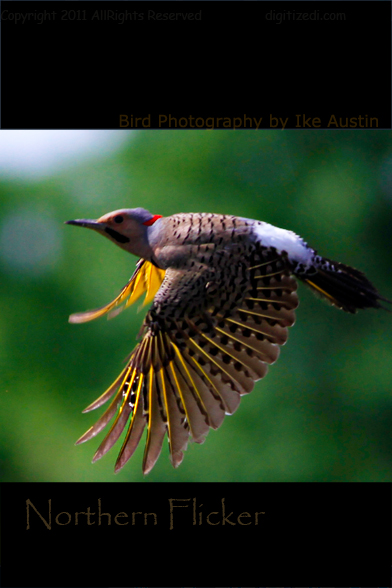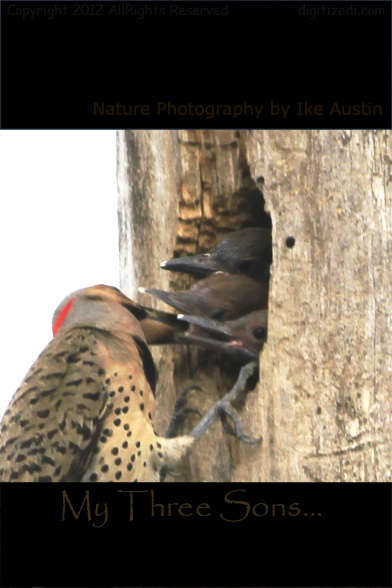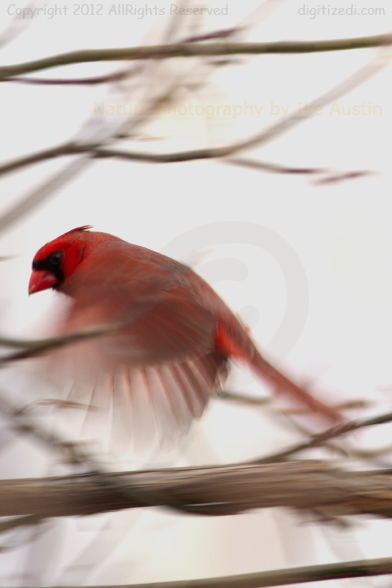Nature Photography – Mallard Duck Michigan
One Bright Sunny Winter Morning in a Michigan Wetland – The Fat Wobbly Waddler Arrives
Anus Platyrhynchos

Mallard Duck Winter Walk
What’s the old saying… “if it walks like a duck, waddles like a duck, and quack like a duck, it’s a duck!” Off in the distance, slowly heading in my direction, I saw a fat, waddling what looked like an old, short, midget butterball of a little creature. But, it wasn’t a raccoon, it wasn’t a plump ground hog, it was in fat healthy looking duck. This Michigan Mallard Duck was multi-color; starting with an orange beak, followed by a metallic green head, brown neck, brown on top of its back(mantles), lower underbelly a grayish color of white, ending with orange feet with a black and white tail(coverts). The duck’s metallic green head is reminiscent of the same rich green metallic color of found on beetles. The vibrant tangerine orange of the duck’s feet is unsurpassed by man made color.
The Common Mallard is a summer and winter Michigan birds. Mallards are one of a photographer favorite. It is most recognized by its bright vivid green metallic plumage on it’s head.

Mallard Duck Touch Down
Michigan Mallard
One snow covered morning, just as I entered one of Michigan’s favorite birding wetlands, I spotted a Mallard Duck making his descent onto a frozen lake covered with powder white snow. The sun was shinning bright and the surroundings bright white. I like to capture Mallards in action. Their wings outspread with feet tucked in and necks outstretched. Even better if the action is captured with a background color of pure white. On this particular excursion, the ground and sky were all reflecting the bright white light. This brightness gave the duck a brilliant glare, a star of green light of a Mallard gliding in slowly grabbing my attention. It had just stopped snowing and the ground all around looked like it was sprayed with a velvet coating of white angle hair. The full scene or white gave the impression that I was in the center of a white winter wonder land. This beautiful Common Mallard bird was nature’s center of attention.

Dabble of Mallard Ducks
A Dabble of Common Mallards Male and Female
Mallards in Michigan
The sun was shinning, the scenery was true therapy for the soul. It has been said, “Man is never closer to God, than when he is close to Nature.” The Michigan Mallard’s landing here, took on the likeness of a story about heaven and the dove. I was ready to take the shot, my camera settings were set in high key to highlight the brightness.

Mallard Duck Michigan
Mallard in Flight
The above shot taken of a Male Mallard Duck captured a duck rising from near vertical position. I did manage to capture a soft bokeh for the scenery background as droplets fell from the orange feet and the bird disappeared in seconds.
Mallard Fleet

Mallard Duck
Lessons Learned From Birds of Nature
What looks common to the natural eye, looks extraordinary to the thirdeye. Encounter with a ThirdDuck in the Forest of Jimme. – ThirdSon and the River’s Sky.
The Michigan Mallard Duck is more alert and vigilant than I first thought. It sees a good distance capable of spotting danger at distances well over a hundred feet or so. The duck is not that timid. Once I was observed by a small Gaggle of Mallards I could tell had detected my presents however motionless I was at their arrival, after deciding I presented no danger, they settled in but kept a wiry eye toward my semi-camouflaged location. The Mallard can become accustom with human presents, I’ve seen them nesting in a Restaurants flower pot:). See additional Michigan Mallard Duck Photos Here… Mallard Duck Michigan Photo. View other Michigan Birds Here… Michigan Birds.
All About the Common Mallard Duck
Nature Photography – Michigan Bird Identification
Photo Taken: Michigan Wetland
Group: Waterfowl
Name: Common Mallard
Anus Platyrhynchos
Appearance:
The Michigan Common Mallard is a 20-30 inches bird with, green face, brown plumage orange feet.
Adult: Color is metallic green head, female is beige with dark brown specks.
Flight Characteristics:
Quick wing beats, several continual flaps when in flight. The Mallard Duck is a fast and swift flier, can abruptly change direction.
Habitat: The Michigan Mallard Duck prefers of course small inland water reservoirs, lakes, ponds and wetlands.
Nesting: Mallard will construct nest made of grasses and line with down. Nests are located fairly close to the ground.
Incubates 7-10 light green eggs for appx 126-30 days.
Mating Habits: The Common Mallards mate for extended periods.
Feeding: pond weeds and small insects.
Call: Series of infamous quack, quack, quack.
Bird Conservation in Michigan
Michigan Bird Conservation Initiative
Michigan Department of Natural Resources
Check the Michigan Department of Natural Resources for Michigan Wetland Management, Learn More… WATERFOWL DNR Michigan
Check out this DNR resource… Identifying Ducks
—————————————————————————————————
Nature Photography by Ike Austin – Michigan
Photography that is Therapy for the Soul
Michigan Birds

Nature Photography by Ike Austin – Michigan
Photography that is Therapy for the Soul
Michigan Birds
National Geographic
2011 Editors Choice Winning Photo
National Geographic 2011
——————————————————————————————————————————————————————————————————
Birding Associations and Organizations
This Weeks Honorable Mention:
National Wildlife Federation (NWF)
Purpose: The National Wildlife Federation is a voice for wildlife, dedicated to protecting wildlife and habitat and inspiring the future generation of conservationists. Read More Here… NWF Mallard Ducks and Details
Membership Required: Y, $30/yr. Includes award Winning Magazine publication AND a NWF field bag!!!
Informative Website Information: Y
Year Long Events: Y
Active Birder Blog(s): Y
Informative Rating: 10 (*****)
Nature Photography – by Ike Austin
Nature Photography that is Therapy for the Soul

































